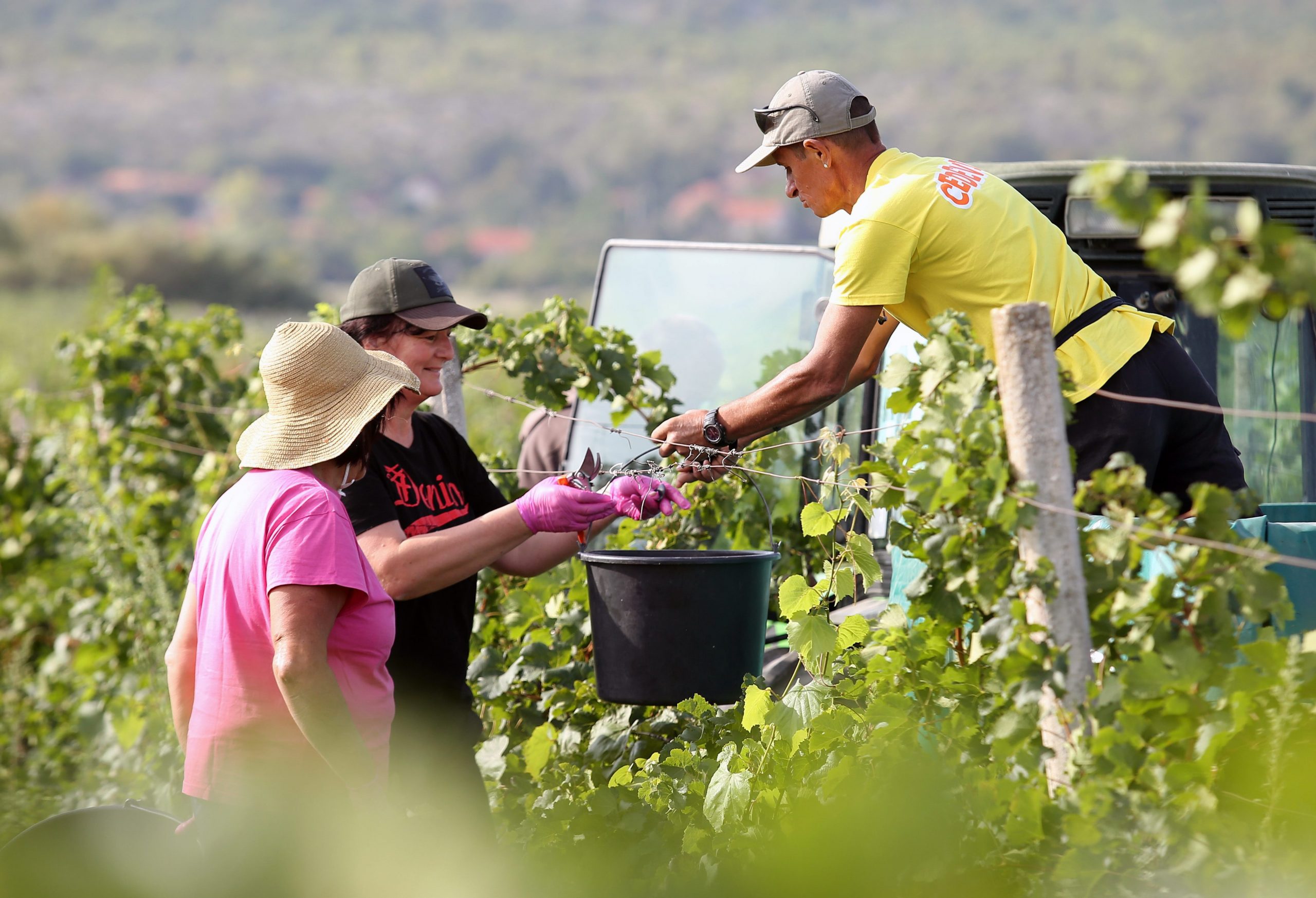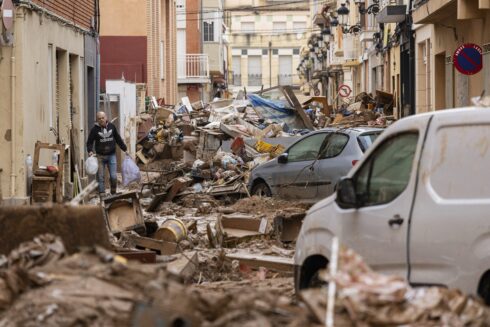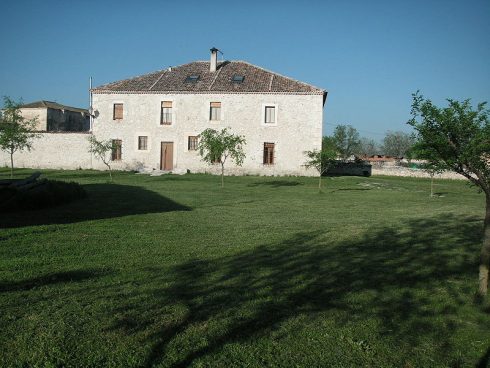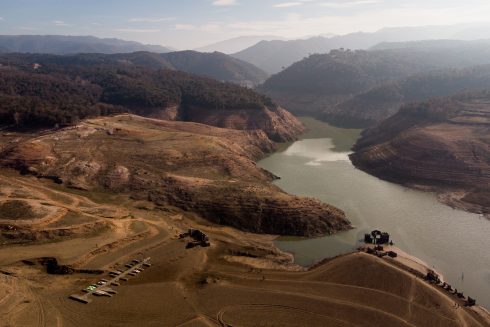THE Valencian Community has the highest percentage of abandoned farmland in the whole of Spain – a shocking revelation considering the historic importance of oranges as the region’s number one export.
There are currently 162,902 hectares of crops standing empty and unused, which, as well as serving as a stark reminder of the crisis sweeping the sector, greatly increases the risk and severity of wildfires as plots are no longer cleared or maintained.
Just this year, an estimated 1,335 hectares of farmland have been abandoned – a daily average of 3.6 hectares, the equivalent of five football pitches every day.
The total land surface in the region dedicated to vineyards has borne the brunt, losing up to 1,100 hectares, followed by citrus trees with a drop of 556 hectares.

Research by agricultural union Asaja, based on figures published by the national Ministry of Agriculture, reveals that the total surface of farmland fell by 0.83% with regards to 2019, with the so-called ‘low rentability’ crops also taking a hit, including potatoes, artichokes, onions, tomatoes, watermelons and peaches, among others.
On the other hand, global market trends continue to increase the demand for alternative products such as avocados and kiwis.
Asaja president Cristóbal Aguado warned that the ongoing and unstoppable abandonment of crops is a direct consequence of ‘the unsustainable rentability crisis’ faced by producers, who continue to see their profit margin dwindle compared to escalating costs and which renders many smaller plantations unsustainable.










